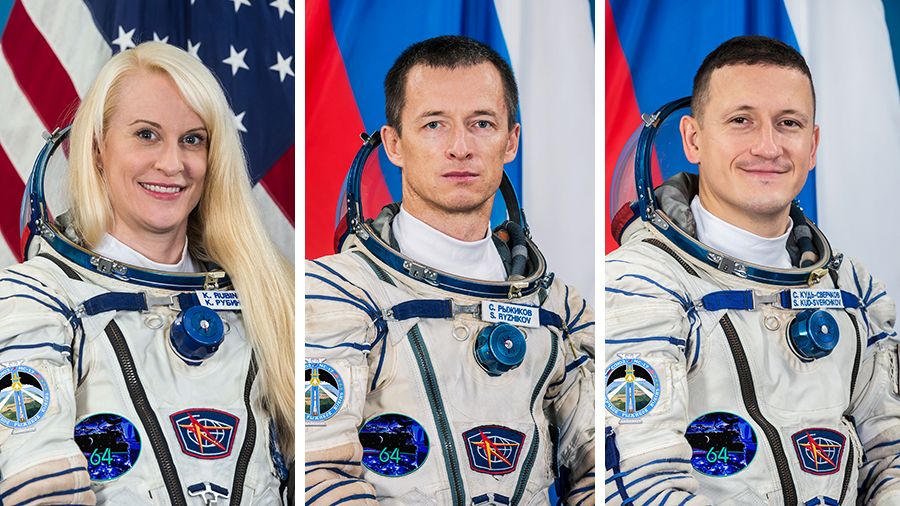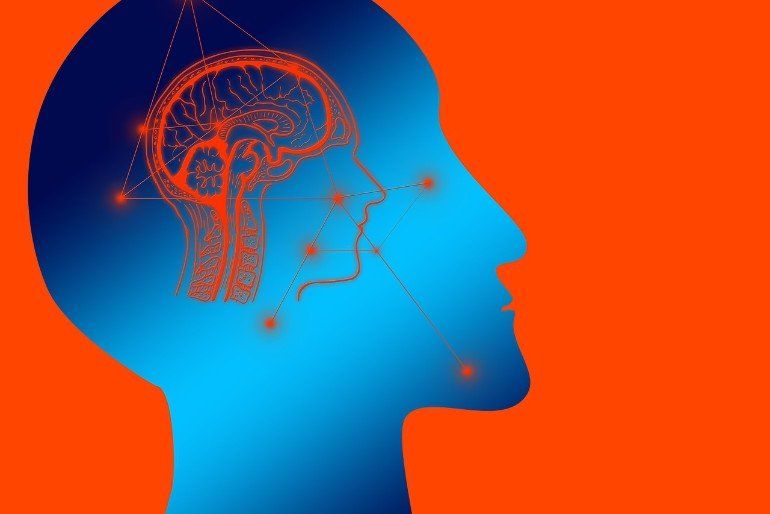The top U.S. carrier has launched a blanket layer of 5G coverage, guaranteeing that more users will see a 5G logo on new phones, but not faster speeds.


If Dr. Ken Berry actually meant to say that you need to eat saturated fat for your nerves and brain, he flunks Biochem 101. First of all, your body can make all the saturated fat you need out of carbs and proteins. You don’t need to eat ANY saturated fat. Second, the most common fatty acid in your brain is the polyunsaturated fatty acid (PUFA) called DHA, which you DO need to eat, because you can’t make it from non-fats (you need to eat it in things like seafood, or at least the precursor omega-3 PUFA called ALA in cold-climate plants.) Ironically enough ALAis common in Canola oil, which Dr. Berry deprecates, but not in the tropical plant oils he likes. More on that later. A diet with a lot of saturated fat is NOT the best for the heart. The American Heart Association continues to recommend low saturated fat diets (with the missing sat-fat replaced by mono and polyunsaturated fat, not by carbohydrates) because the evidence from animal and human trials and even properly controlled epidemiology, shows these the best diets (see reference below–an extensive review of meta analyses [1]). Examples are the DASH hypertension diet and the closely-related Mediterranean diet (which has lots of olive oil for monounsaturated fatty acid, and seafood for DHA). If Dr. Berrythinks he has something better than the Mediterranean diet for longevity, what is his direct evidence? Saturated fat, of course, is used by the body to make cholesterol (you don’t need to eat any cholesterol for this reason), and it does raise cholesterol levels and it does increase atherosclerosis in nearly every controlled prospective experimental model in animals and humans. This is the gold standard of evidence in medicine.
One can go only so far with epidemiology, because occasionally when one bad thing (saturated fat) is heavily replaced for calories by another bad thing (certain carbohydrates) one detects no epidemiologic effect from changing just the first thing.
That happens with various high and low saturated fat diets around the world enough to make saturated fat look benign as a single input variable. It is not. Rather, what these studies really show is that replacing butter with sugar or high glycemic carbs gives you a diet equally bad for the arteries. One cannot see how bad that is, until one compares these with low-carbohydrate, low-saturated-fat diets, which are less common, but better. The double-negative tradeoff of carbs and saturated fats (where carbs are a statistical “confounder”) is one of those occasional cruel misdirectional things that happen with imperfectly controlled past-observations, but (again) it’s why biomedical knowledge consists of more than just epidemiology. The saturated oils Dr. Berryrecommends are by themselves on the edge of PUFA deficiency. This can be dramatic: for example the only way I know to give dogs atherosclerosis nutritionally, is to feed them just coconut oil for fat, and NO monounsaturates or PUFA. Apparently a little PUFA is extremely important for the heart, and larger amounts do no harm. There are hints that high PUFA diets are risks for certain cancers, but that merely underscores the need to get monounsaturates like olive and Canola where one can, and some PUFA foods. I know of no civilization that eats a lot of coconut oil that doesn’t eat seafood as well, so that combination is safe. Canola oil is merely rapeseed oil bred to remove erucic acid and other potential toxins. It is high in monounsaturates and ALAand of all the plant oils is probably closest to optimal for human nutrition. Olive oil is probably better than Canola for frying, since ALAwill oxidize, but Canola’s ALA is very important for vegans who need an omega-3 PUFA plant oil to convert to brain DHA. Seafood and olive oil are a fine replacement for Canola, but the person who cannot eat meat or seafood had better look for a baking and salad oil with ALA in it, and Canola oil is the best for this. Linseed oil is hard to digest and hard to work with, so that leaves Canola as the best omega-3 alternative for vegans. Dr. Berry never mentions his problem with Canola beyond saying it is GMO. But he is wrong there, as it doesn’t have to be. Canola as a product (1970’s) was created with hybrid not GMO techniques, and although GMO Canolas exist now, there also exist certified non-GMO and “organic” Canola oils which are labeled with a butterfly and tested to make sure no GMO Canola has crept in (there are tests available for this too complicated to go into here, but you can be sure).
In short, the ONLY part of Dr. Berry’s piece I agree with is dumping your hydrogenated shortening products (Crisco, etc.) in the garbage. That’s why I give this segment a D, rather than the F it otherwise deserves.
Steven B. Harris, M.D.
SpaceX disclosed the benchmarks in a presentation the company sent to the FCC last Friday. It also revealed the public beta for Starlink is coming to multiple US states.
The 2 Gig service is targeting households with heavy internet users who are now forced to work from home due to COVID-19. “So we’re more than a little excited to announce 2 Gig today—bringing even more bandwidth and speed to customers in internet-intensive households who may need more than a gig to do their thing, whatever that may be,” wrote Amalia O’Sullivan, Google Fiber’s director of product management, in the announcement. (That said, upload speeds will remain at 1Gbps.)
Google Fiber is currently looking for subscribers in Nashville, Tennessee, and Huntsville, Alabama, to sign up as testers for the 2 Gig service. The beta will then roll out to other Google Fiber cities in the fall before the official launch. Interested customers can also go to the Google Fiber website to sign up for email updates on the 2Gbps service’s availability.
A new missile which can hit targets a thousand miles away in 15 minutes.
An Air Force Global Strike Command official has given us an indication of how fast the Air Force’s new Air-launched Rapid-Response Weapon will fly.

Today, the Department of Defense announced $600 million in awards for 5G experimentation and testing at five U.S. military test sites, representing the largest full-scale 5G tests for dual-use applications in the world. Each installation will partner military Services, industry leaders, and academic experts to advance the Department’s 5G capabilities. Projects will include piloting 5G-enabled augmented/virtual reality for mission planning and training, testing 5G-enabled Smart Warehouses, and evaluating 5G technologies to enhance distributed command and control.
“The Department of Defense is at the forefront of cutting edge 5G testing and experimentation, which will strengthen our Nation’s warfighting capabilities as well as U.S. economic competitiveness in this critical field. Through these test sites, the Department is leveraging its unique authorities to pursue bold innovation at a scale and scope unmatched anywhere else in the world. Importantly, today’s announcement demonstrates the Department’s commitment to exploring the vast potential applications and dual-use opportunities that can be built upon next-generation networks,” said Michael Kratsios, Acting Under Secretary of Defense for Research and Engineering.
The test sites include: Hill Air Force Base, Utah; Joint Base Lewis-McChord, Washington; Marine Corps Logistics Base Albany, Georgia; Naval Base San Diego, California; and Nellis Air Force Base, Las Vegas, Nevada.

WASHINGTON — SpaceX, Hughes Network Systems and Viasat are eligible to compete for a share of the $20.4 billion in broadband subsidies the FCC plans to dole out under the Rural Digital Opportunity Fund (RDOF) starting later this month.
The Federal Communications Commission on Oct. 13 released a list of “qualified bidders” for the RDOF funds, which will be awarded via reverse auction to telecom providers bidding to bring subsidized voice and broadband internet services to rural communities and other underserved parts of the United States.
FCC’s list of qualified bidders includes 386 telecom providers, including SpaceX, Hughes and Viasat.

(From left) NASA astronaut Kate Rubins with Roscosmos cosmonauts Sergey Ryzhikov and Sergey Kud-Sverchkov will launch to the space station for a six-month research mission. A trio of space travelers, including NASA astronaut Kate Rubins, is s…
A trio of space travelers, including NASA astronaut Kate Rubins, is scheduled to launch aboard the Soyuz MS-17 spacecraft from the Baikonur Cosmodrome in Kazakhstan to the International Space Station at 1:45 a.m. EDT (10:45 a.m. Kazakhstan time) Wednesday, Oct. 14.
Beginning at 12:45 a.m., NASA Television and the agency’s website will provide live coverage of the crew’s launch. Teams at the Baikonur Cosmodrome in Kazakhstan are making final preparations for the liftoff of Rubins and Russian cosmonauts Sergey Ryzhikov and Sergey Kud-Sverchkov.
The launch will send the crew members on a two-orbit, three-hour journey to the space station, where they will join Expedition 63 Commander Chris Cassidy of NASA and Roscosmos cosmonauts Anatoly Ivanishin and Ivan Vagner, temporarily increasing the orbiting laboratory’s population to six people.

Mercedes-Benz has unveiled a rugged new EQC 4×4 electric off-road SUV to show that electric vehicles can also be adventure vehicles.
That’s actually very much Rivian’s mission with the R1T electric pickup truck and R1S SUV, which it describes as “adventure vehicles.”
As for Mercedes-Benz, instead of making a new vehicle, they decided to modify their existing EQC electric SUV.

Summary: A new computational model predicts how information deep inside the brain could flow from one network to another, and how neural network clusters can self optimize over time.
Source: USC
Researchers at the Cyber-Physical Systems Group at the USC Viterbi School of Engineering, in conjunction with the University of Illinois at Urbana-Champaign, have developed a new model of how information deep in the brain could flow from one network to another and how these neuronal network clusters self-optimize over time.